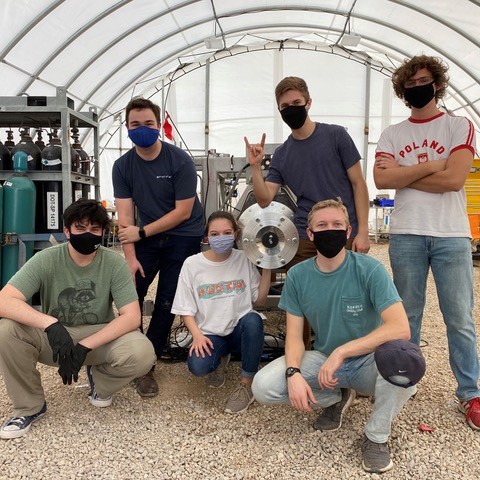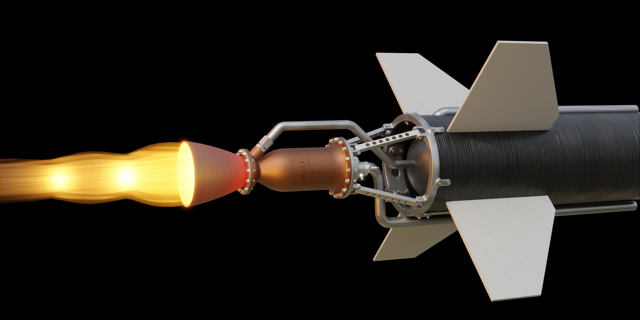Leading 3D printer manufacturer EOS has announced its ongoing support for the Texas Rocket Engineering Lab (TREL) at the University of Texas.
The collegiate rocket lab was initially established in 2018 via an anonymous donation of $1M, and has since been providing Texas students with hands-on aerospace engineering, project management, and business experience. Now, EOS is providing the resources TREL needs to continue its operations, which includes the 3D printing of advanced aerospace components for a student design challenge.
Patrick Boyd, marketing director at EOS, states, “The space industry already relies heavily on 3D printing, and today’s university students are the pipeline to advancing the industry, bringing with them both the knowledge necessary to thrive and the AM mindset to successfully engineer and create ideas never before possible.”

The Base 11 Space Challenge
The components EOS is offering to help 3D print will be mission critical to the Halcyon rocket being developed by TREL. The 28 foot-tall liquid bipropellant rocket will fly to the edge of space as part of the Base 11 Space Challenge, an international design competition that pits student engineering teams against each other in a bid to launch a single stage rocket to the Kármán line – an altitude of 100km. If successful, the Halcyon rocket would reportedly break the current collegiate liquid bipropellant altitude record by a whopping 30x (while also netting TREL a cool $1M).
The EOS components will be featured in the rocket’s Havoc engine, which operates on liquid oxygen and RP-1 kerosene, and is regeneratively cooled. The company will also help manufacture aerodynamic fins that will enable the students to control the rocket’s trajectory during flight. Furthermore, EOS has stated that it will provide CAD training, professional counsel, and any other material resources TREL may need to succeed.
Boyd adds, “We decided long ago to play our part in supporting TREL and similar university teams across North America, helping ensure their success and providing them direct access to our AM expertise and technology – the most direct way we can augment their studies and projects.”

Fuelling additive manufacturing education
Beyond the Space Challenge, EOS’ support has facilitated TREL’s wider mission of propelling the next generation of aerospace engineers with relevant experience. The partnership marks the company’s latest investment in additive manufacturing education, which it intends to continue with a wide range of educational institutions from elementary schools to universities.
“Working on the EOS Havoc engine has been a highlight of my college experience,” concludes Lauren Rodriguez, a third year student and lead propulsion engineer at TREL. “With EOS, I have been able to learn so much about advanced additive manufacturing capabilities and rocket engine fabrication, which are subjects you can’t learn in a classroom. By designing, building, and testing our own 3D prints, we are able to push forward the leading edge of rocket engine development.”
As EOS has no doubt realized, student design challenges are an excellent way to foster engagement and build technical skills in 3D printing. Last summer, a team of engineering students at Purdue University designed a highly-efficient 3D printed heat sink. The sharkskin-inspired device took the #1 spot at the Virtual Student Heat Sink Design Challenge, a U.S. university competition.
Elsewhere, 3D printing education provider PrintLab has previously partnered with engineering software developer Autodesk to launch a 3D printing design challenge for school students under the age of 18. Dubbed the Make:able challenge, the competition tasked STEM students with designing and 3D printing a prototype product for individuals with mobility issues in their hands, with the help of Autodesk design software.
Subscribe to the 3D Printing Industry newsletter for the latest news in additive manufacturing. You can also stay connected by following us on Twitter and liking us on Facebook.
Looking for a career in additive manufacturing? Visit 3D Printing Jobs for a selection of roles in the industry.
Featured image shows the TREL team next to a test stand. Photo via TREL.



